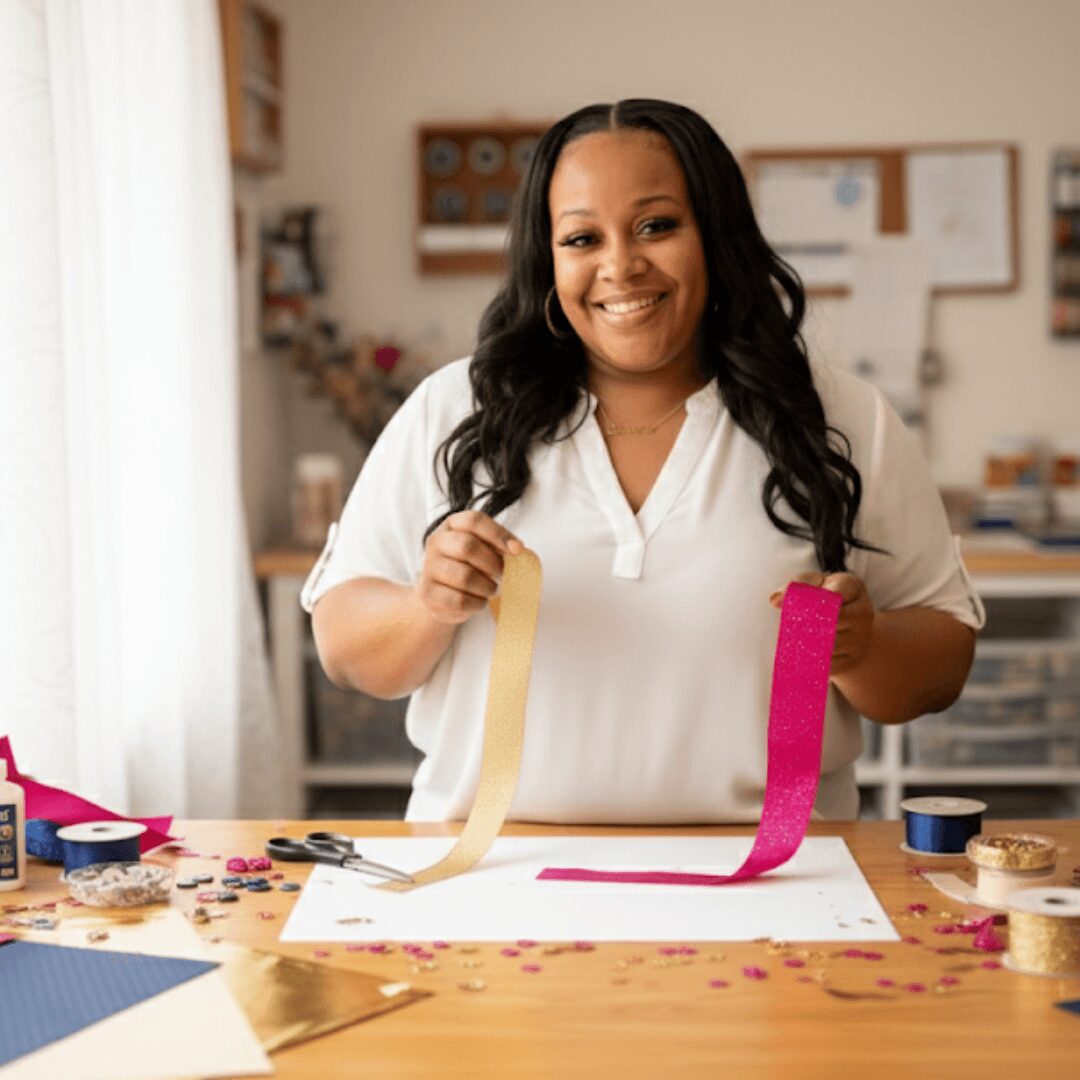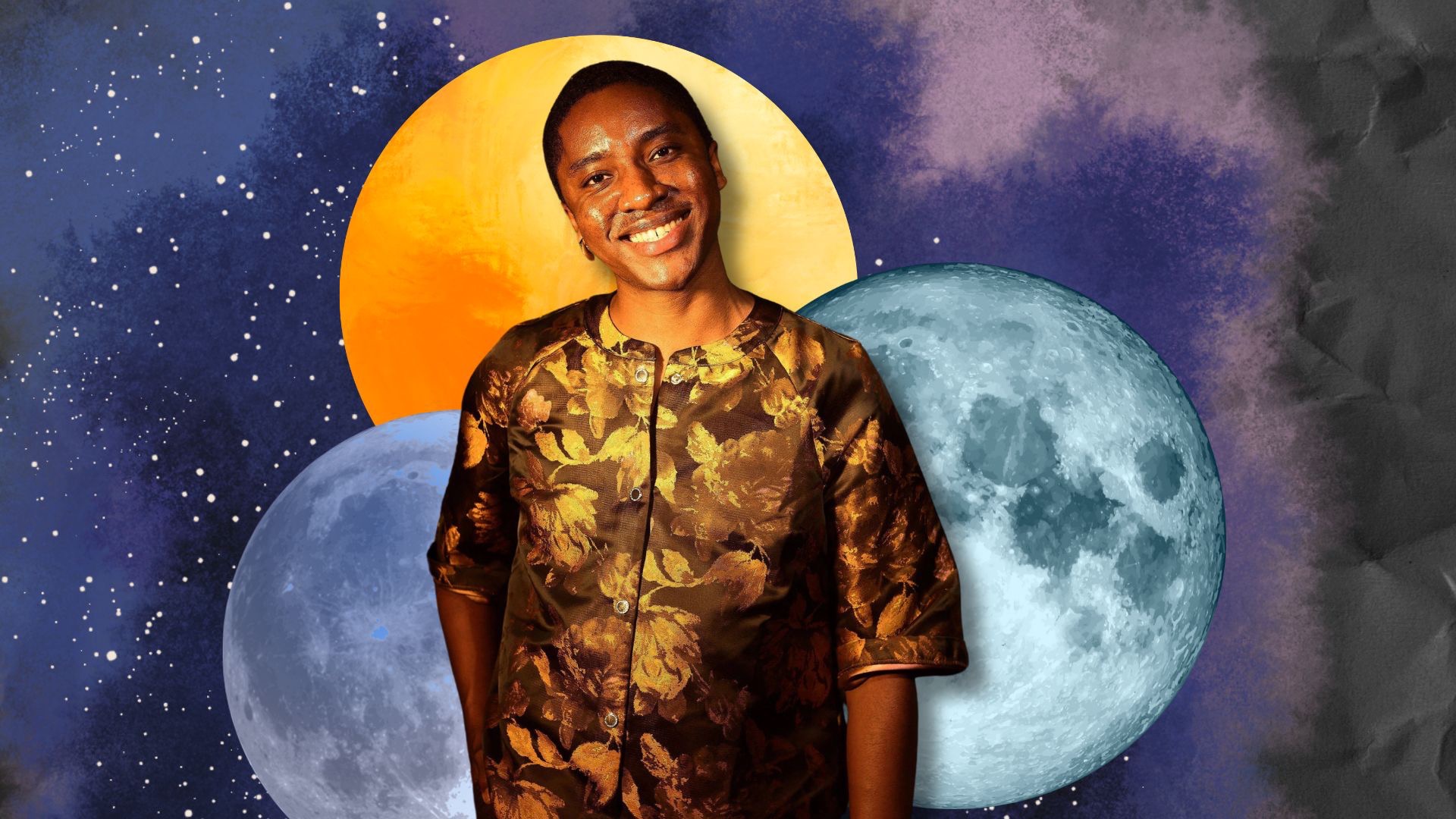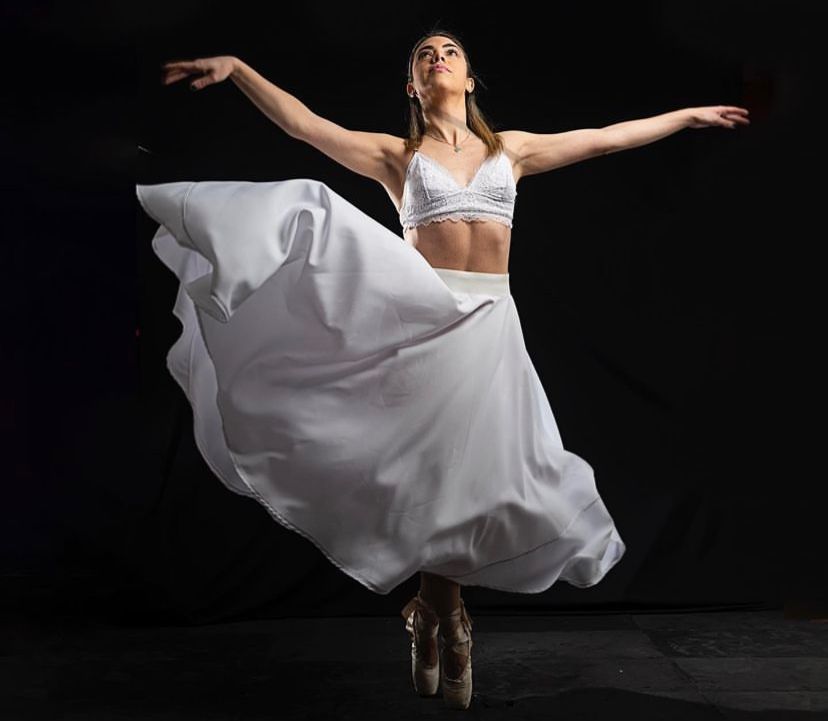Alright – so today we’ve got the honor of introducing you to Jennifer Clay. We think you’ll enjoy our conversation, we’ve shared it below.
Hi Jennifer, so excited to talk about all sorts of important topics with you today. The first one we want to jump into is about being the only one in the room – for some that’s being the only person of color or the only non-native English speaker or the only non-MBA, etc Can you talk to us about how you have managed to be successful even when you were the only one in the room that looked like you?
I come from a father who was born and raised on the Choctaw Nation reservation and my Scottish/Welsh mother lived twelve miles away from him on the red earth of Oklahoma. He experienced abandonment, shame for being a half-breed, suffering as a child in the Boarding School Era and, experienced many traumas as a young man in the Korean War. My mother was brought up within a white Christian fundamentalist culture where there was much oppression, colonialism, exclusion, sand guilt. My mother’s parents left Oklahoma to find better work in the fields and my father left Oklahoma to finally live with his mother and brother.
The two met as teens in California and fell in love. While they came from the same red earth, their experiences were. quite different. For me, I am the color of my father. I begged to hear his stories on the reservation, I begged to hear our language. He would comply at times but the stories were very few. I never visited our family in Oklahoma until I was much older – there didn’t seem to be a desire to keep that connection for my father as Oklahoma held a lot of painful memories. such as the loss of his father at the age of 12.
My identity and my heartbeat are through my father’s culture but I also am learning to acknowledge my mother’s side. My father, in spite of losing a leg in Korea and was a POW, he modeled how we keep going in spite of being told no, in spite of racism, and we learned how to dance even when you are the only one in the room. My parents taught us to always, always give back to community and the importance of family. Though my father is gone, I dance for him, I keep going even if I am the only one in the room and I’ve learned to find joy in the art that I do and the people that surround me.

Let’s take a small detour – maybe you can share a bit about yourself before we dive back into some of the other questions we had for you?
First of all , I am a proud grandmother of one, a mother of two adult children, and the daughter of my 89 year old mother. I come from three wild brothers who taught me how to fight and pitch a deadly fastball. A life of living in the country and riding my horse (that was really a propane tank) was full of good memories that grounded me in family and community.
I love the work that I do teaching and working with graduate students at Dominican University of California’s Art Therapy Psychology program. I had graduated at Notre Dame de Namur with my master’s in Marriage & Family Therapy and went on to obtain my board certification in Art Therapy. The art-making and meaning-making together combine to give voice to what is deep inside, the art and dialogue helps to create hope and healing.
I received my PhD in Art Therapy at Dominican where my dissertation focus was on community-based art therapy through Cordova’s Bounded Space concepts, Indigenous Research Methodologies and Desire-based frameworks. The study explored the intimate relationship between Indigenous identity and the land as well as origin stories and cultural art expression as protective factors towards healthy-self perceptions.
Additionally, I am a member of the women’s border arts collective, XoQUE Art-in-Motion. This amazing group of strong and talented women have completed installations at the Tijuana Cultural Center-CECUT Trienal in 2021 and 2024 as well as The Front Arte Cultura, San Diego State University, and University of San Diego. The group consists of Indigenous and Chicano women who create social justice art installations incorporating community engagement from both sides of the US/Mexico border. XoQUE recently completed a 60 foot mural restoration by Dr. Berenice Badillo in Chicano Park, San Diego making it the tallest mural in the park painted by women, for women, and about women.
When I’m not teaching, or researching, or making art with XoQUE, I am immensely enjoying my family, my Choctaw community, and creating found art specifically with magnolia leaves, sticks, stones, and fibers.

If you had to pick three qualities that are most important to develop, which three would you say matter most?
I would say that the skill of self-awareness; where you are grounded in how you were raised, your cultural practices, and holding onto past learning experiences. Maintaining balance is another skill and exploring what may be keeping you from your path. Finally, develop skills that teach you to lean into relationships such as active listening, empathy for others, as well as holding healthy boundaries to cultivate a healthy, peaceful, and restful space for yourself. When challenges visit you, lean in and be curious with humility and a desire to learn from the experience.

As we end our chat, is there a book you can leave people with that’s been meaningful to you and your development?
My favorite book that I try to read each year is the South African novel by Laurens van der Post: “A Story Like the Wind.” It is beautifully written and reminds us of our intimate relationship with the land and the enduring spirit of humanity. It is a coming of age story but woven within it are stories of hope; stories of how cultures fight back against their oppressors and stories of the Kalahari desert. There is beauty in spite of chaos.
Contact Info:
- Instagram: @jenci2121
- Linkedin: https://linkedin.com/in/jennifer-clay-phd-lmft-atr-bc-6014a973




Image Credits
All images were created by me.
so if you or someone you know deserves recognition please let us know here.




